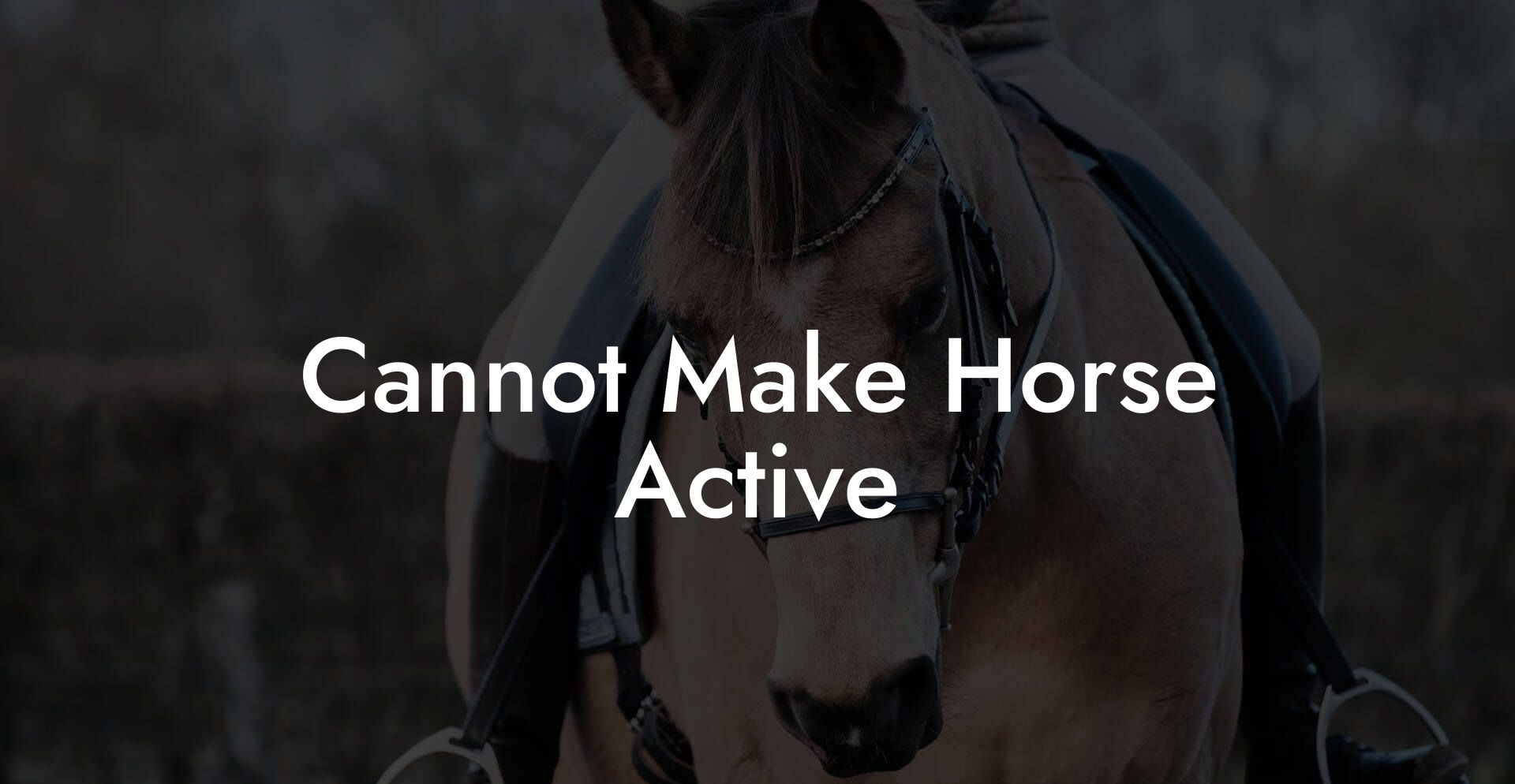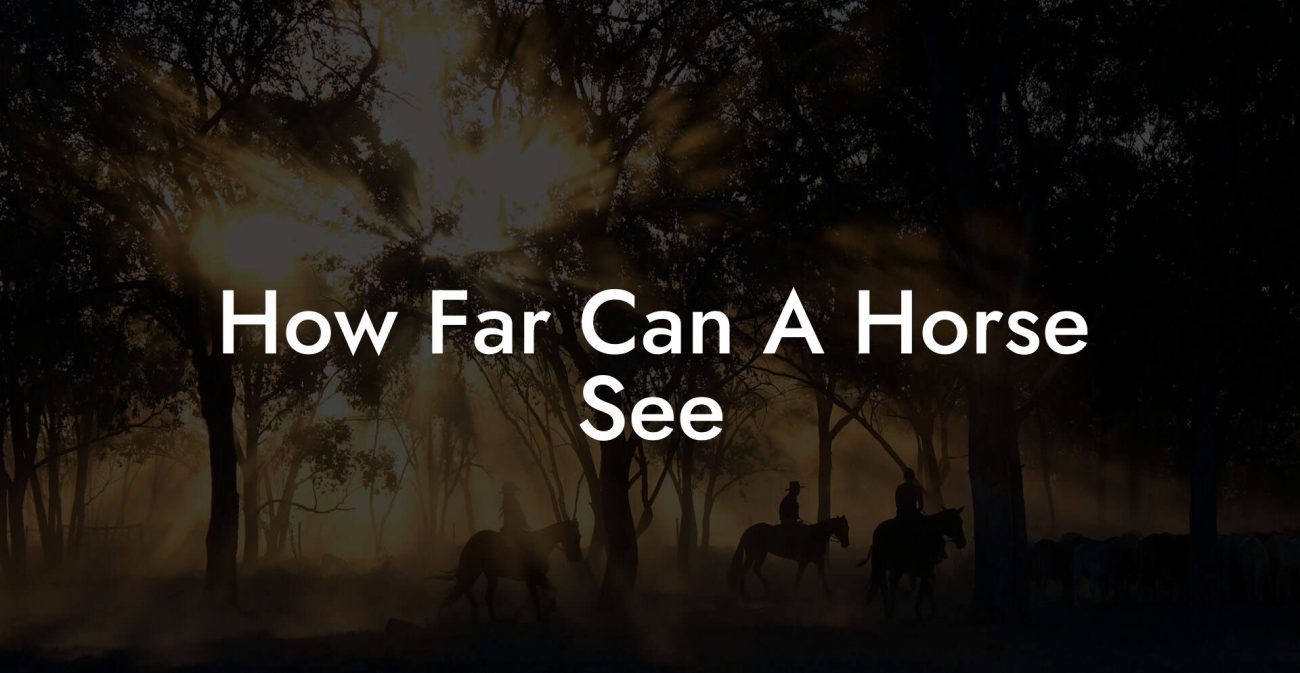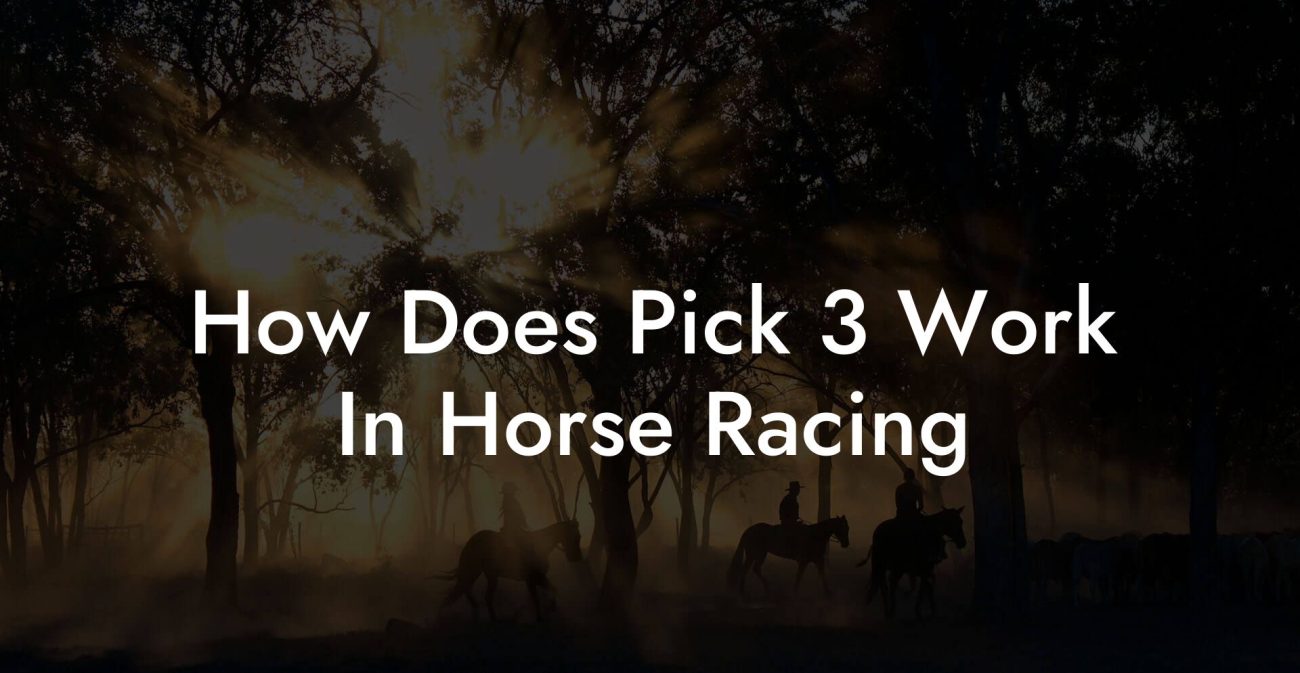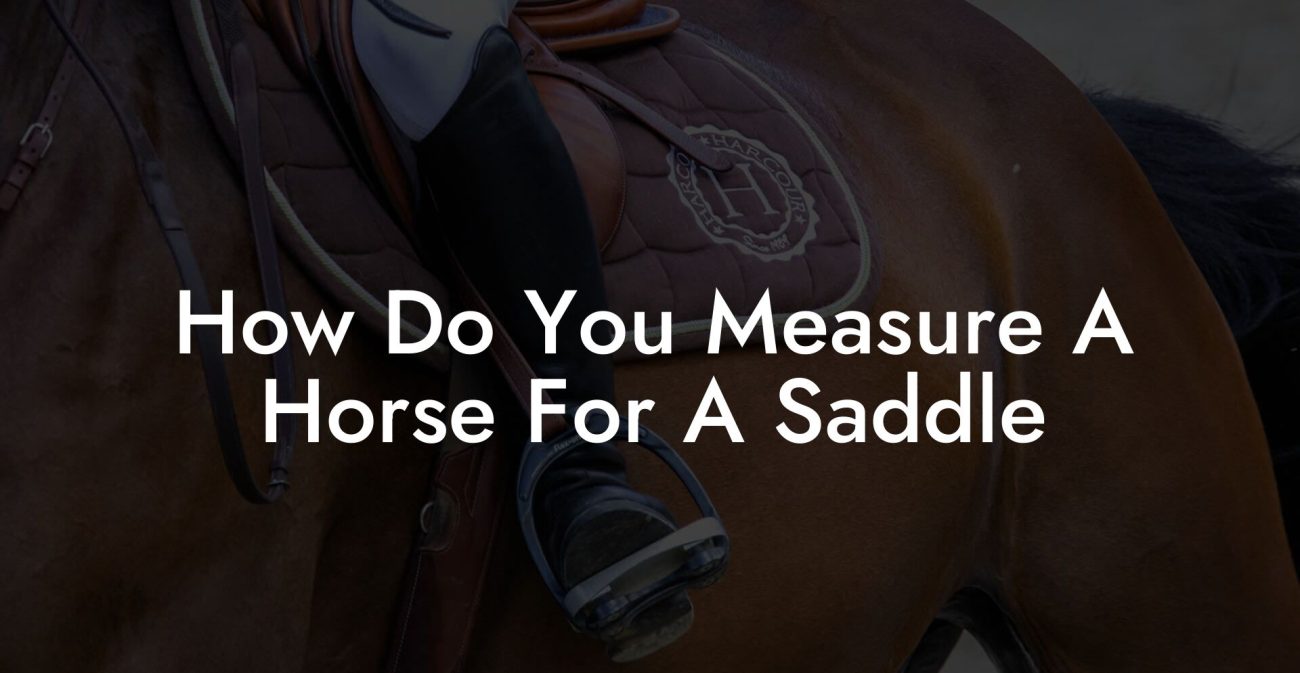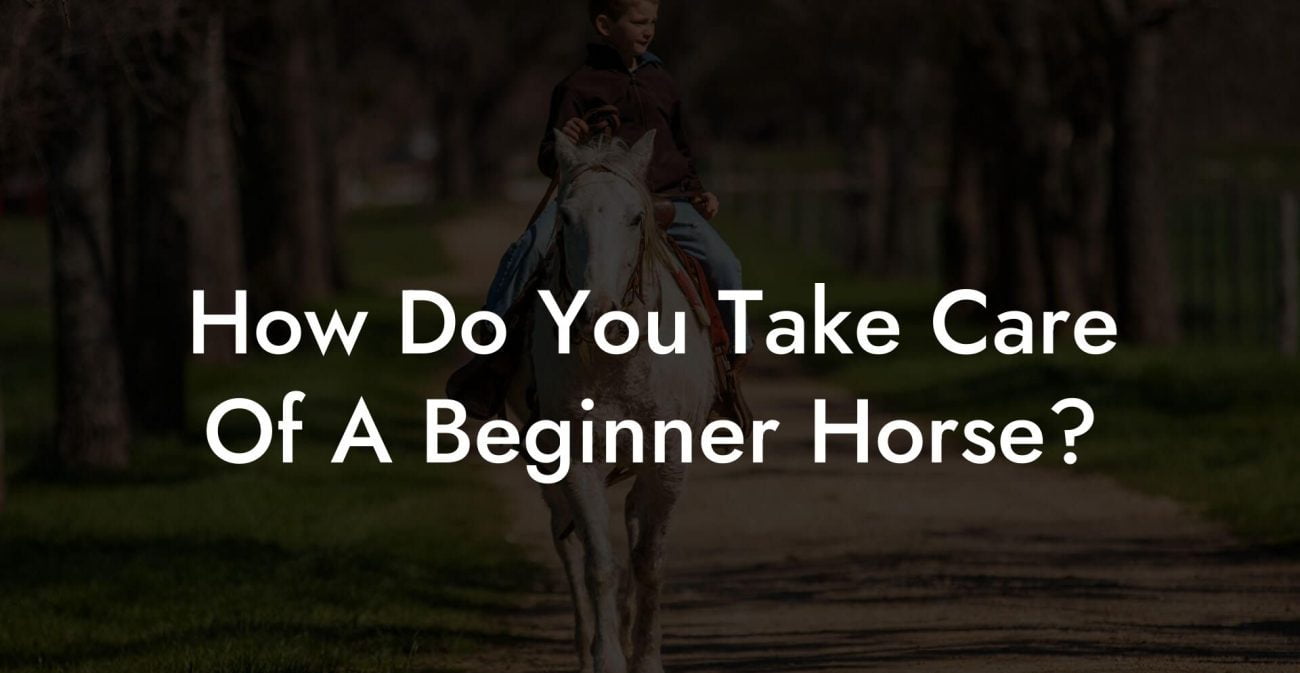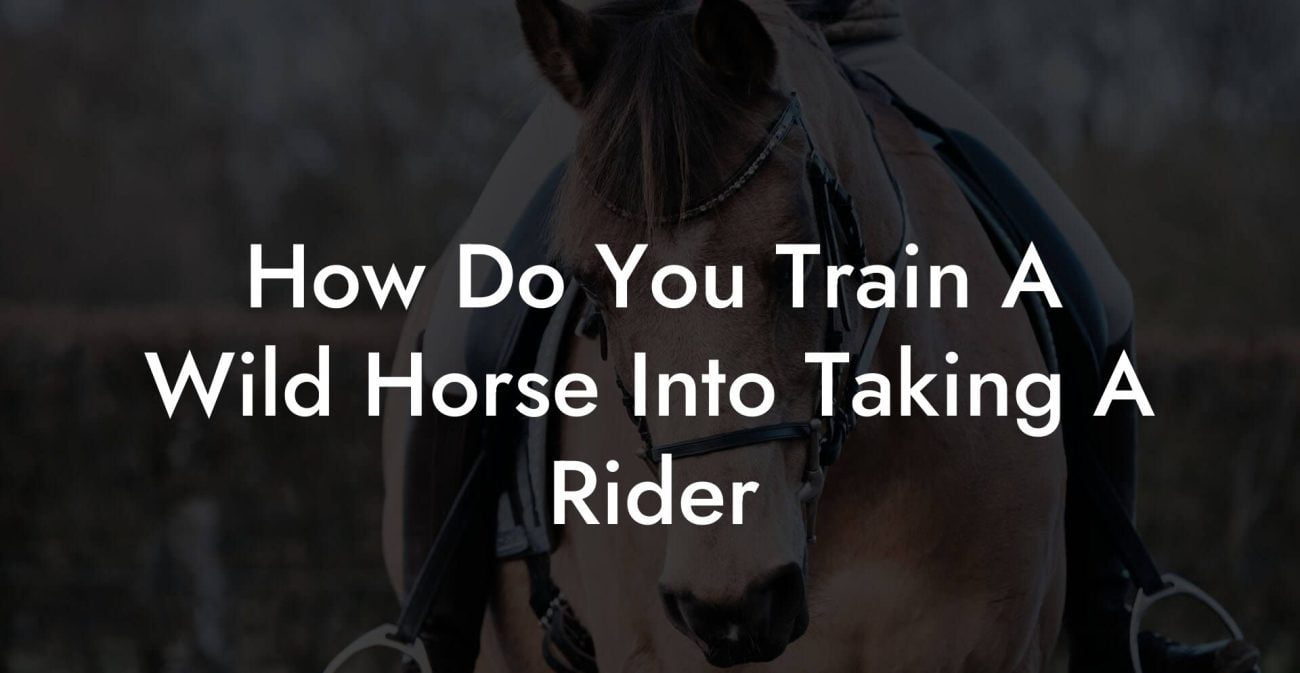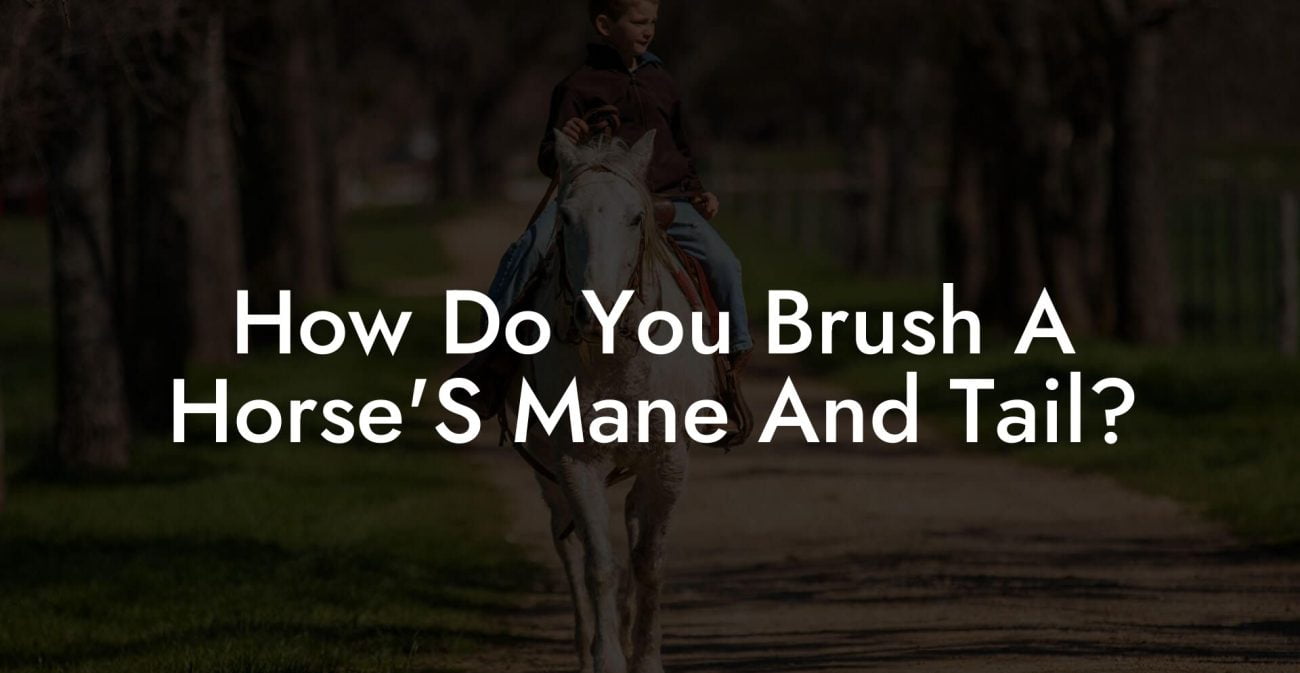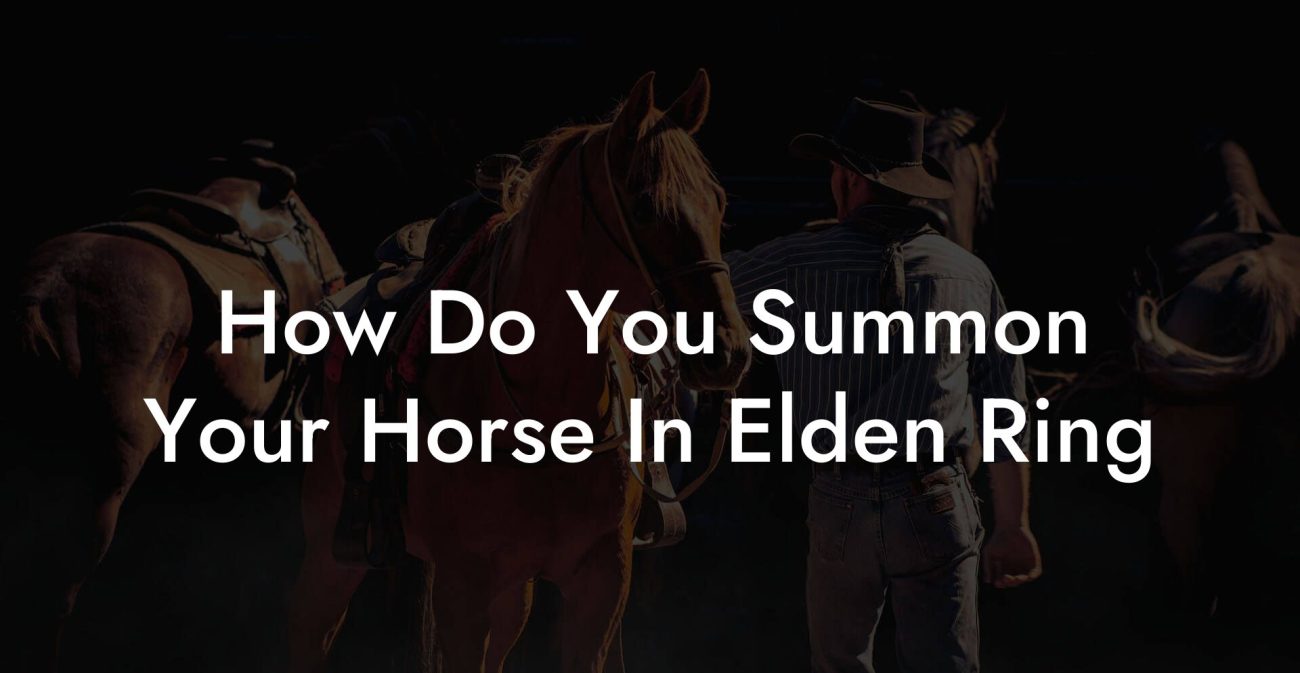Ever tried to coax a horse into action only to be met with a stubborn, immovable mule of a mare or a chilled-out gelding who just doesn’t feel like it? You’re not alone. In the world of horse care, a horse that won’t move can be both a literal and figurative stumbling block, a challenge that leaves you scratching your head, questioning everything from its diet to its stall vibes. Let's dive into the surprising, sometimes quirky phenomenon of horses that simply “cannot make horse active” and explore solutions that blend the best of conventional equine care with holistic, creative approaches.
Quick Links to Useful Sections
- Understanding the Inactivity: What Does “Cannot Make Horse Active” Really Mean?
- The Many Faces of Equine Inactivity: Key Factors to Consider
- Conventional Equine Care: The Starting Point for Re-energizing Your Horse
- The Role of Nutrition in Sparked Activity: Feeding for Vitality
- Key Nutritional Components
- Holistic Diet Tweaks
- Enhancing the Environment: Creating a Space That Inspires Movement
- Stall and Paddock Design
- The Psychological Angle: Understanding and Addressing Equine Behavior
- Behavioral Observations
- Behavioral Training and Enrichment
- Training to Ignite Movement: Equine Exercise Strategies That Work
- Baseline Exercise Approaches
- Incorporating Playful Elements
- Complementary Approaches: Integrating Holistic and Alternative Therapies
- Acupuncture and Acupressure
- Massage Therapy and Chiropractic Care
- Herbal and Nutritional Supplements
- Case Studies: Real-Life Equine Transformations
- Case Study 1: From Lethargy to Lively Gaits
- Case Study 2: Reviving a Veteran’s Spark
- Case Study 3: The Social Catalyst
- Creating Your Customized Action Plan: Turning Insight into Activity
- Step 1: Holistic Assessment
- Step 2: Goal Setting
- Step 3: Strategy Integration
- Step 4: Implementation and Routines
- Step 5: Evaluation and Adjustments
- Resources and Community Support: Your Next Steps
- Equine Activity FAQs: Your Questions Answered
- Your Journey to a More Lively and Engaged Equine Friend
Understanding the Inactivity: What Does “Cannot Make Horse Active” Really Mean?
If you’re faced with a horse who seems more like a decorative statue than the lively athlete you want, you might be wondering: why is my horse so inactive? Although every horse has its own personality, prolonged inactivity is rarely by design. Factors can be physical, psychological, or environmental. It isn’t always a sign that your four-legged friend is lazy; sometimes, it’s a cry for help.
In equine lingo, an inactive or “non-responsive” horse may be experiencing anything from health issues and nutritional deficits to boredom and even stress. The reasons behind your horse’s reluctance to move often span a spectrum of possibilities. While popular thought might lean towards a simple lack of training or motivation, things can be far more complex.
By examining these factors through a holistic lens, considering everything from nutrition, environment, and exercise routines to mental health and behavior, we can create a comprehensive care plan tailored to coax even the most reluctant horse back into an active lifestyle.
The Many Faces of Equine Inactivity: Key Factors to Consider
Just as humans might be sidelined by stress or dietary woes, a horse’s inactivity can be traced back to several underlying causes. Understanding these factors is the first step in drafting a robust solution that will re-energize your equine companion.
- Physical Health Issues: From arthritis and injuries to chronic conditions, many horses develop problems that make movement painful. Even minor lameness can cause a horse to become apprehensive about exercise.
- Nutritional Deficits: A horse’s diet isn’t just about weight gain or energy, it’s integral to muscle recovery, joint health, and overall vitality. Insufficient nutrients may result in a lack of stamina and an unwillingness to engage in physical activity.
- Environmental Factors: An uninspiring stall, isolated paddock, or a lack of varied terrain can leave a horse feeling bored or even depressed. The environment plays a huge role in sparking the drive for movement.
- Mental Health and Behavior: Horses are social, intelligent creatures that crave engagement. Depression, stress, or anxiety can lead to lethargy. The absence of stimulating interactions or routine changes can exacerbate these issues.
- Improper Training Techniques: Overtraining or inappropriate training methods might actually discourage movement instead of enhancing it. Sometimes, the strategy intended to bolster performance ends up breeding resistance.
Each of these factors not only contributes to a state of inactivity but also interconnects in ways that compel a comprehensive look into each horse’s daily routine, diet, and environment.
Conventional Equine Care: The Starting Point for Re-energizing Your Horse
Any responsible horse owner knows that first-line measures are crucial to address inactivity. Regular check-ups with your veterinarian, proper hoof and dental care, and a well-balanced ration are foundational.
Veterinary Assessments: Your vet is your go-to detective in solving the mystery of why your horse won’t budge. Routine examinations can pinpoint underlying ailments, from colic and laminitis to discomfort from old injuries. An accurate diagnosis is the cornerstone for effective treatment, making sure every facet of your horse’s health is checked.
Physiotherapy and Rehabilitation: Just like athletes, horses sometimes need physical therapy post-injury or surgery. Techniques such as controlled exercise, massage, and even water treadmill therapy can rehabilitate joint function and ease pain. This rehabilitative process gradually builds strength and rekindles your horse’s willingness to move.
Rest and Recuperation: It might sound counterintuitive, but ensuring that your horse has enough rest could be pivotal in breaking through inactivity. In some cases, overexertion leads to a protective behavior where the horse avoids additional movement.
Integrating these practices forms a solid foundation from which you can build a more holistic and encompassing strategy.
The Role of Nutrition in Sparked Activity: Feeding for Vitality
It's no secret: what you feed your horse has a huge impact on its energy levels. A well-balanced feed strategy is crucial if your horse appears to be in a perpetual state of low activity. Think of nutrition not just as feeding but as fueling.
Key Nutritional Components
The equine diet should be loaded with the right mix of carbohydrates, proteins, fats, vitamins, and minerals. For a seemingly disinterested horse, consider:
- Forage First: High-quality hay or pasture is essential. Forage provides fiber, which aids in proper digestive function and ensures a steady energy release throughout the day.
- Protein Punch: Quality protein supports muscle repair and energy. Ensure your horse’s ration includes sources like alfalfa or soy, which help maintain muscle mass and support active lifestyles.
- Efficient Carbohydrates: Carbohydrates are your horse’s quick energy source. However, the type matters, slow-release carbs provide a sustained energy boost rather than a quick crash.
- Essential Oils and Supplements: Omega-3 fatty acids, antioxidants, and joint supplements such as glucosamine can help reduce inflammation and improve joint mobility.
Timing and Feeding Routine: Just as a human might benefit from smaller, more frequent meals, a structured feeding routine can lead to improved digestion and better energy levels in horses. Mixing up the schedule with varied textures or flavors can also stimulate the appetite and mood.
Holistic Diet Tweaks
Some horse owners swear by incorporating natural additives like apple cider vinegar or probiotics to support gut health. A healthy gut means better nutrient absorption, which in turn fosters an overall boost in energy and mobility.
By fine-tuning your horse’s diet, you’re not merely filling a trough, you’re strategically fueling performance and paving the way for increased activity levels.
Enhancing the Environment: Creating a Space That Inspires Movement
Horses, like humans, are sensitive to their surroundings. A bland, cramped stall or a monotonous paddock can kill even the slightest impulse to move. Transforming your horse’s environment into one that is both stimulating and safe is a crucial part of the solution.
Stall and Paddock Design
Think beyond the basics. An active horse thrives in an environment that mimics the natural world, a blend of open spaces, varied terrain, and social interaction.
- Varied Terrain: Incorporate undulating features or different footing types in the paddock. Changing the terrain can not only break the monotony but also strengthen different muscle groups.
- Interactive Toys and Obstacles: Simple additions like large balls, cones, or even strategically-placed logs can serve as both physical and mental challenges for your horse.
- Social Stimulation: Horses are herd animals. Allowing them to see and interact with other horses through safe fencing or during group turnout can boost their mood and encourage movement.
- Comfort and Safety: While stimulating elements are essential, ensure that the environment remains free from hazards such as sharp objects or unstable footing that may cause injury.
Environmental Enrichment: Rotating pasture areas or introducing new objects periodically can keep a horse curious and active. Even background noise like a radio playing soft music or natural sounds can have a surprisingly positive effect.
By rethinking your horse’s surroundings, you set the stage for a daily invitation to explore, play, and move, ensuring that every day feels like a new adventure.
The Psychological Angle: Understanding and Addressing Equine Behavior
Sometimes, the answer to why your horse “cannot make horse active” lies in its mind. Equine behavior is as complex as any human personality, and a lack of activity may be tied to emotional or psychological factors.
Behavioral Observations
Begin by closely observing your horse for subtle signs of distress, apathy, or even depression. Behavioral cues, like a drooping head, a vacant stare, or a reluctance to socialize, may suggest that underlying anxiety or mood issues are affecting its energy levels.
Stress and Anxiety: Horses can suffer from stress triggered by changes in routine, isolation, or even an overprotective environment. Identifying stressors can help you reduce or eliminate them, whether through gradual changes or introducing familiar elements into a new routine.
Behavioral Training and Enrichment
Equine enrichment isn’t just about physical challenges, it also involves mental stimulation. Integrating behavioral training sessions with rewards-based techniques can build confidence and encourage your horse to explore more actively.
Positive Reinforcement: Using treats, praise, and even gentle physical contact when your horse shows any effort towards movement reinforces the behavior you want to see. Over time, these methods can transform a previously inactive horse into one eager to embrace exercise.
Mindful Interaction: Believe it or not, sometimes spending quality, calm time with your horse, practicing slow, deliberate movements, and allowing your horse to set the pace can reset its mental attitude. This mindful interaction helps rebuild a trust-based relationship and may eventually spur more spontaneous activity.
Integrating behavioral management into your horse care routine isn’t just a side note, it’s a critical component that fuels the overall well-being and responsiveness of your equine friend.
Training to Ignite Movement: Equine Exercise Strategies That Work
When it comes to getting your horse moving, training isn’t just confined to fancy dressage routines or competitive jump courses. A well-thought-out exercise regimen is key to reawakening natural energy and movement.
Baseline Exercise Approaches
Start simple. Even a horse that appears totally inactive can thrive on a carefully managed exercise schedule designed to build muscle strength, enhance flexibility, and sustain cardiovascular health. A mix of the following techniques can be tailored to your horse’s specific needs:
- Walking and Trot Work: Slowly reintroduce movement with controlled walk and trot exercises in a safely enclosed arena or round pen. This builds confidence and stamina.
- Cavaletti and Ground Poles: The use of low obstacles encourages careful stepping, helping your horse learn to adjust its gait while making exercise fun and engaging.
- Interval Training: Implement short bursts of relatively intense activity, followed by periods of rest. This type of interval training can help improve overall fitness without overwhelming your horse.
- Trail Rides and Varied Courses: Changing the scenery by taking your horse on a trail ride or through a different environment can stimulate natural curiosity and add excitement to the workout.
Incorporating Playful Elements
Exercise need not be another chore, it can be surprisingly playful too! Many horse trainers incorporate games designed to stimulate both body and mind. For instance, creating obstacle courses or interactive challenges encourages your horse to combine physical movement with problem-solving.
Holistic Exercise Tools: Consider integrating tools such as slow feeders, treat puzzles, and even natural toys. These not only enrich your horse’s environment but also subtly motivate movement through play. A happy horse is an active horse!
A balanced approach that merges structured training with informality and fun can ultimately transform your horse from a reluctant mover into an athletic, eager participant in its own care.
Complementary Approaches: Integrating Holistic and Alternative Therapies
Beyond traditional training and nutritional strategies, an increasing number of horse owners are turning to complementary and alternative therapies to help spark activity in their equine companions. These methods might include a blend of physiotherapy, acupuncture, massage therapies, and even energy work, all aimed at rebalancing your horse’s system on a deeper level.
Acupuncture and Acupressure
Acupuncture isn’t just for humans; many horses have experienced significant relief from stiffness, pain, and muscle tension via targeted acupuncture and acupressure. By stimulating specific nerve clusters, these therapies can promote circulation, reduce discomfort, and encourage a more natural range of movement.
Massage Therapy and Chiropractic Care
Just as a massage can relax tense muscles in a human after a hectic day, equine massage can help in relieving tightness and soreness. When combined with chiropractic adjustments, these treatments address misalignments and joint issues that may otherwise restrict the horse’s movement.
Herbal and Nutritional Supplements
Certain herbs and supplements, from turmeric for its anti-inflammatory benefits to chondroprotective supplements that support joint health, have been integrated into equine wellness plans with promising results. Always consult an equine nutritionist or vet when considering new supplements as part of a holistic approach.
These complementary treatments, when used alongside conventional strategies, provide a multidimensional approach to promote overall movement, ease discomfort, and nurture your horse’s innate vitality.
Case Studies: Real-Life Equine Transformations
Sometimes, the best way to understand how to turn an inactive horse into a lively athlete is through real-life stories. These case studies shed light on transformative journeys and showcase how adopting a holistic, integrative approach to equine care can work wonders.
Case Study 1: From Lethargy to Lively Gaits
Bella, a once sluggish mare with a history of frequent colic episodes and mild arthritis, was a source of constant worry for her owners. After veterinary assessments ruled out any severe underlying conditions, her caretakers implemented a multi-pronged strategy. They adjusted her nutrition to include more anti-inflammatory supplements, redesigned her paddock environment with varied terrain and social stimulation, and introduced gentle ground pole exercises. Over several months, Bella’s movements grew more vibrant. Her gait improved, and she began to show playful bursts during turnout. Her owners now celebrate every small, excited trot as a victory.
Case Study 2: Reviving a Veteran’s Spark
Old Blue, a retired competition horse, had become increasingly sedentary, even in a secure barn environment. Despite his illustrious past on the racetrack, age had taken its toll, until his dedicated team revamped his care. After a detailed evaluation, they implemented regular physiotherapy sessions, including targeted massage therapy and aquatherapy using a water treadmill. Coupled with a refined diet rich in omega-3 fatty acids and customized supplements, Old Blue began demonstrating surprising agility and enthusiasm during light exercise. The horse not only regained his mobility, but he also brought a spark to his interactions with other equines, proving it’s never too late for a fresh start.
Case Study 3: The Social Catalyst
Rocky, a once isolated stallion, was showing clear signs of depression and inactivity, largely due to his solitary housing conditions. Recognizing that the isolation was a key limiting factor, his caretakers altered his management regimen by introducing controlled group turnout sessions and interactive obstacle courses. These adjustments led to noticeable changes, Rocky’s body language brightened, and he started to exhibit a natural desire to move, interact, and even compete playfully with his stable mates. The simple act of reintroducing social stimulation and variety into his daily life increased his overall activity and happiness.
These case studies provide real-world examples of how addressing both the physical and psychological aspects of equine care can lead to transformative improvements. Whether tackling dietary ups and downs, adjusting the environment, or fine-tuning a training regimen, success stories abound in the journey to reinvigorating your horse.
Creating Your Customized Action Plan: Turning Insight into Activity
The quest to make your horse more active is not a one-size-fits-all solution. It’s an evolving process that requires careful assessment, tailored strategies, and a willingness to experiment with both conventional and alternative approaches.
Step 1: Holistic Assessment
Begin by undertaking a comprehensive evaluation. Work with your veterinarian, equine nutritionist, and, if necessary, an equine behaviorist to identify all the potential factors contributing to your horse’s inactivity. From physical health metrics and nutritional analysis to behavioral observations and environmental audits, every detail counts.
Step 2: Goal Setting
Define clear, achievable goals. Whether your focus is to gradually increase daily exercise, improve overall muscle tone, soothe chronic pain, or simply see more interaction during turnout, creating measurable objectives keeps you motivated and on track.
Step 3: Strategy Integration
Tailor a plan that integrates multiple modalities:
- Veterinary Care: Routine check-ups, diagnostics, and any necessary medical interventions to address physical ailments.
- Customized Nutrition: An optimal, forage-based diet supplemented with the right nutrients and additives to support energy and joint health.
- Environmental Enrichment: Revamp your horse’s surroundings, incorporating varied terrain, interactive elements, and social stimulation.
- Regular, Fun Exercise: Introduce a balanced mix of controlled exercises, obstacle challenges, and gamified play sessions.
- Complementary Therapies: Consider acupuncture, chiropractic sessions, massage therapy, and other holistic treatments to reduce discomfort and build strength.
- Behavioral Conditioning: Use positive reinforcement and mindful interaction to foster a healthy mental state and stimulate natural movement.
Step 4: Implementation and Routines
Develop a daily or weekly routine that incorporates these strategies in a smooth, manageable manner. Consistency is key, continual, small adjustments can lead to significant improvements over time. Digital calendars, activity trackers, and detailed journals can be invaluable tools in monitoring progress.
Step 5: Evaluation and Adjustments
Just as in any sustained journey, regular check-ins and re-evaluations are critical. Monitor your horse’s progress closely, and don’t hesitate to adjust the plan as needed. Collaborate with your equine care team to periodically assess improvements, address setbacks, and pivot where necessary.
Remember, turning a horse from inactive to energetic is a marathon, not a sprint. Keep a balanced outlook, celebrate small victories, and remain open to evolving your approach as you learn what uniquely works for your companion.
Resources and Community Support: Your Next Steps
Reinvigorating an inactive horse isn’t something you have to do alone. There’s a robust community of veterinarians, trainers, nutrition experts, and fellow horse owners who are ready to share their insights and successes.
Consider joining local equine clubs or online forums where you can swap stories, advice, and even training tips. Many social media platforms cater specifically to horse enthusiasts, where creative ideas and innovative solutions are exchanged daily. These communities often host webinars, live Q&A sessions, and virtual meet-ups that provide you with ongoing inspiration and motivation.
Additionally, look for workshops and seminars hosted by known equine experts in fields ranging from holistic healing to advanced training techniques. Continuous education and community support are invaluable tools in maintaining your horse’s journey toward a more active and engaged life.
Don’t let the challenge of inactivity be the final word on your horse’s potential. With the right resources, a personalized strategy, and support from fellow enthusiasts, you’re set to transform obstacles into opportunities for growth, for your horse and for you.
Equine Activity FAQs: Your Questions Answered
Below are some frequently asked questions that address common concerns about why a horse may be inactive and the various strategies to encourage movement.
1. Why does my horse just “cannot make horse active”?
There is no single answer. Inactivity can result from physical pain, nutritional deficits, an unstimulating environment, or underlying behavioral and psychological issues. A holistic review of your horse’s routine can help pinpoint the cause.
2. How can I tell if my horse is in pain or just being lazy?
Look for subtle signs of discomfort like changes in posture, a reluctant gait, decreased appetite, or reluctance to interact with other horses. A veterinary evaluation is often necessary to distinguish between pain-related inactivity and mere temperament.
3. Can dietary changes really boost my horse’s energy levels?
Absolutely. An optimized diet that provides high-quality forage, adequate protein, slow-release carbohydrates, and appropriate supplements can have a dramatic effect on your horse’s energy and activity levels.
4. What environmental changes can inspire more movement?
Enhancements like varied terrain, interactive elements, group turnout opportunities, and even gentle background sounds or visual enrichments can stimulate a more active lifestyle.
5. Are complementary therapies like acupuncture effective in horses?
Many horse owners have reported positive results from acupuncture, massage therapy, and chiropractic care. These therapies can alleviate pain and enhance mobility when integrated with traditional care.
6. How often should I adjust my horse’s exercise routine?
Monitoring progress continuously and making small periodic adjustments ensures steady improvement. Regular evaluations by your equine care team can help you fine-tune the exercise regimen.
7. Is it safe to use obstacle courses and games to stimulate movement?
Yes, provided they are designed with your horse’s safety in mind. Gentle, carefully planned obstacle courses and interactive play can significantly boost both physical and mental activity.
8. Can stress really affect my horse’s willingness to move?
Definitely. Stress, anxiety, and even depression can make a horse reluctant to move. Addressing these issues through behavioral training and environmental enrichment is key.
9. How do I know if my approach is working?
Observable improvements in your horse’s behavior, increased movement, a healthier gait, and positive veterinary reports are strong indicators that your strategy is paying off.
10. Should I consult professionals when developing a treatment plan?
Absolutely. Collaborating with veterinarians, nutritionists, and equine training experts ensures that your approach is safe, scientifically sound, and tailored to your horse’s individual needs.
Your Journey to a More Lively and Engaged Equine Friend
Transforming an inactive horse into one bursting with energy is as much an art as it is a science. It requires a balanced blend of conventional veterinary interventions, innovative training methods, nutritional finesse, and a deep understanding of equine behavior, all framed within an environment that inspires movement.
Every step you take, from tweaking the diet and refreshing the turnout area to experimenting with playful training exercises and complementary therapies, is a stride toward unleashing your horse's potential. The path might be long and filled with little adjustments and moments of trial and error, but each small success builds the foundation for a more dynamic, vibrant horse.
Embrace the journey with an open mind and a readiness to explore both modern techniques and time-tested traditions. Celebrate every twitch of the tail, every confident step forward, and know that resilience and vitality are well within your horse’s reach. With persistence, creativity, and the right resources, you can turn inactivity into a thing of the past.
Your equine companion is not just a pet or a piece of property, it’s a living, breathing partner in adventure whose energy mirrors the care and passion you invest in it. Step into this journey with confidence and let every trotting step forward reaffirm your commitment to a loving, holistic approach to horse care.
Remember, every horse has the potential to blaze new trails, sometimes, it just takes a little extra encouragement, a bit of science mixed with heart, and the unwavering belief that change is always possible.

